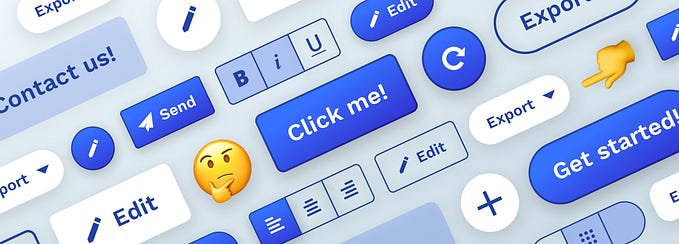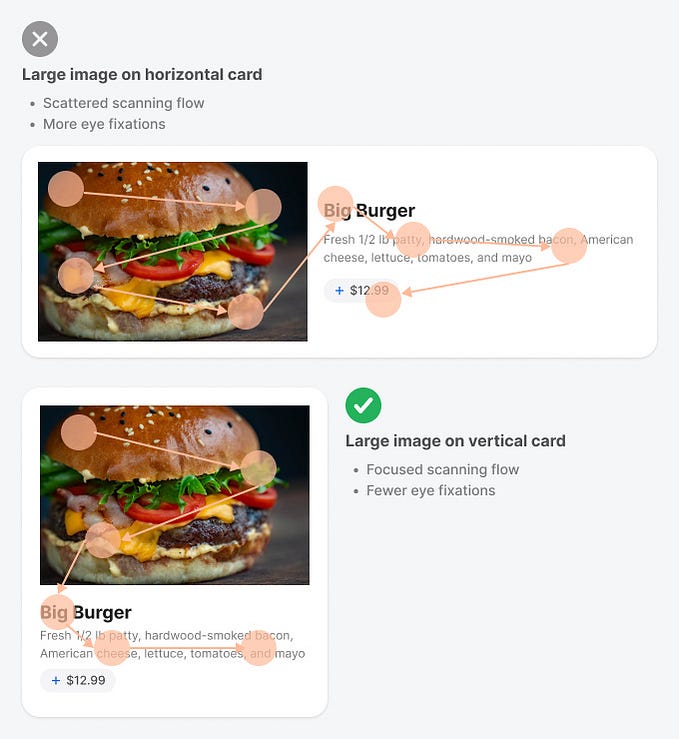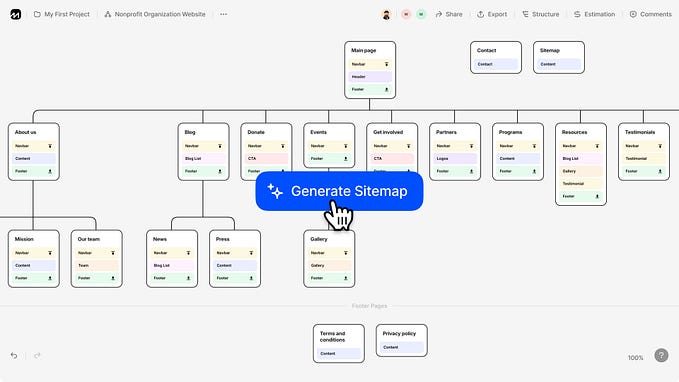Member-only story
What’s the next UI design trend?
Most apps are starting to look the same again…

How to break the ice?
When the first iPhone launched, the idea of interacting with a small device using multi-touch gestures was quite new. To make people more comfortable with the interface, the initial designs used Skeuomorphism for the UI.

It basically meant they used “real world” elements like wooden shelves for books, stitched leather in notes and CD covers you flip through to give you a sense of the new digital world. By using familiar objects it was lowering the entry barrier for new users. The interface was unlike anything you’ve seen before, but it was still familiar.
People got used to touch devices.
After a while however people got used to their phones and the wood, metal and leather started to look dated and boring. We craved something new. Something fresh and slick. Something more digital.
Something flat?
It all boils down to the fact that we understand the “flatness” of our phone screens. Faux 3d elements and real-world textures…











